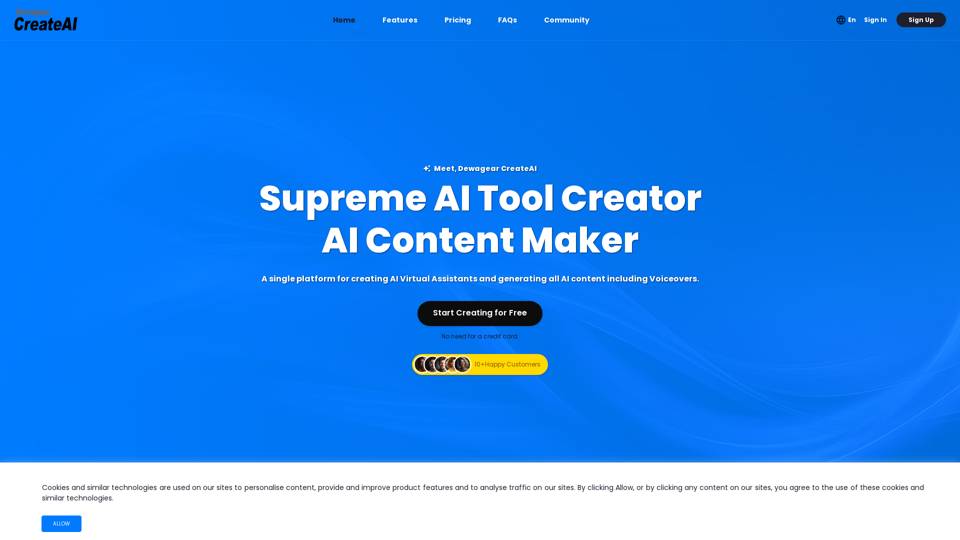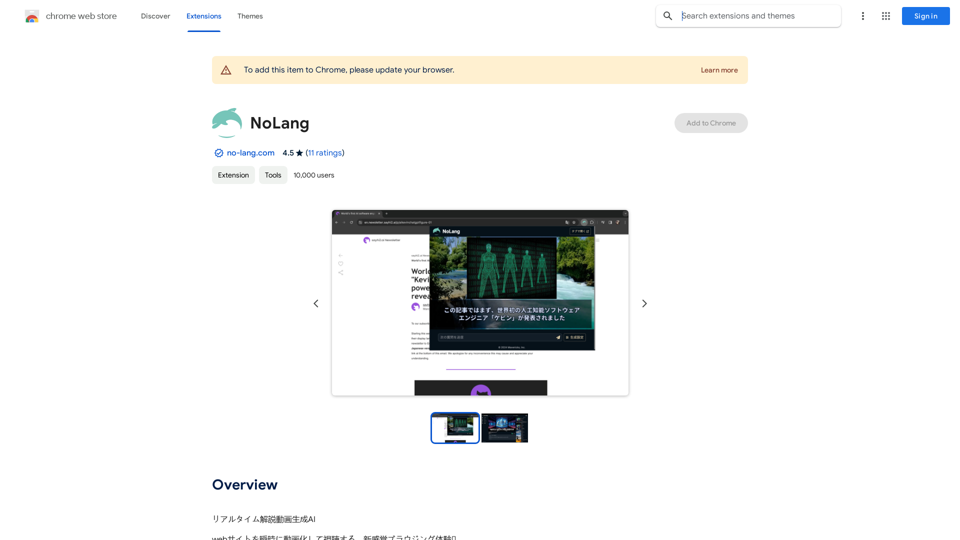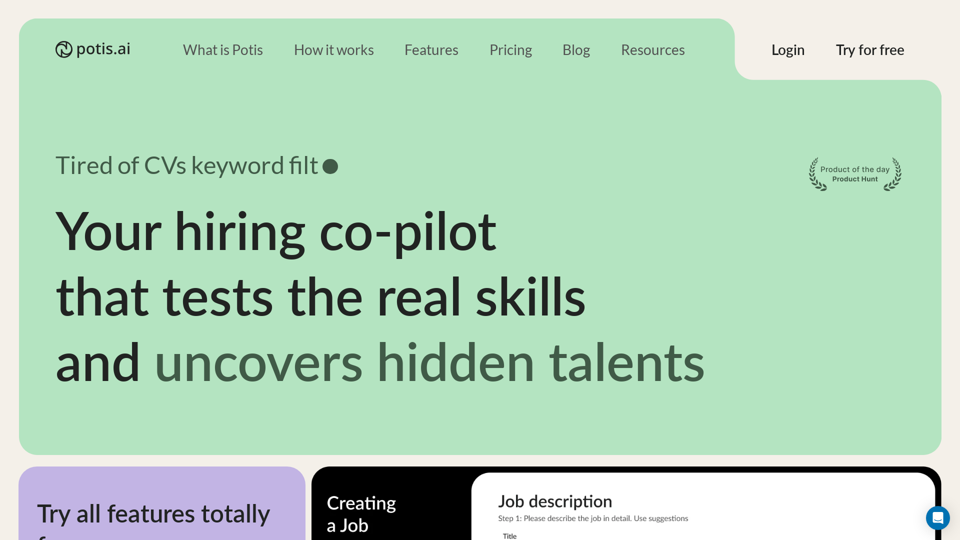Ama POPSO AI is a free analytics extension designed for marketplace sellers on platforms like Wildberries, OZON, Yandex Market, and Megamarket. This AI-powered tool offers comprehensive solutions for analyzing reviews and optimizing product content, helping sellers improve their performance and increase sales.
Ama POPSO AI — Free Marketplace Analytics
Analysis of product cards and product reviews on marketplaces using POPSO AI

Introduction
Feature
AI-Powered Analytics
Ama POPSO AI utilizes artificial intelligence to provide in-depth analysis of product reviews and content, offering valuable insights for sellers.
Review Download and Analysis
Download reviews for any product on Wildberries
Users can easily download reviews for any product on Wildberries, enabling further in-depth analysis and insights.
"Traffic Light" Review System
Intuitive review categorization
The extension implements a "traffic light" system for reviews on category and top lists:
- Red: Less than 100 reviews
- Orange: 100-1000 reviews
- Green: Over 1000 reviews
Multi-Platform Support
Compatible with major marketplaces
Ama POPSO AI supports multiple popular marketplaces, including Wildberries, OZON, Yandex Market, and Megamarket.
Easy Installation and Authentication
Simple setup process
Users can quickly install the extension from the Chrome Web Store and authenticate with their Wildberries account to start using the features.
Free to Use
Cost-effective solution
The extension is free to use, with optional additional features and credits available for purchase, making it accessible to sellers of all sizes.
FAQ
What is the purpose of Ama POPSO AI?
Ama POPSO AI is a free analytics extension designed to help sellers on Wildberries, OZON, Yandex Market, and Megamarket analyze reviews and product content, ultimately improving their marketplace performance.
What features does Ama POPSO AI offer?
Ama POPSO AI offers features such as:
- Downloading reviews for in-depth analysis
- "Traffic light" system for categorizing reviews
- Analysis of product content
- Multi-platform support for major marketplaces
Is Ama POPSO AI free to use?
Yes, Ama POPSO AI is free to use. However, there are optional additional features and credits available for purchase if users require enhanced functionality.
Latest Traffic Insights
Monthly Visits
193.90 M
Bounce Rate
56.27%
Pages Per Visit
2.71
Time on Site(s)
115.91
Global Rank
-
Country Rank
-
Recent Visits
Traffic Sources
- Social Media:0.48%
- Paid Referrals:0.55%
- Email:0.15%
- Referrals:12.81%
- Search Engines:16.21%
- Direct:69.81%
Related Websites

When watching English videos on YouTube, click the plugin icon, and it will automatically translate and then read aloud in Chinese.
193.90 M
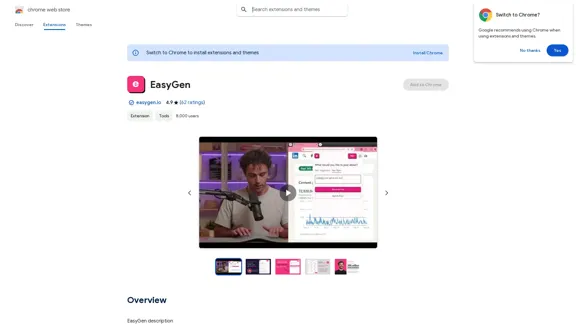
EasyGen is a powerful and user-friendly text generation tool that leverages advanced language models to create high-quality content across various domains. It offers a seamless interface for users to input prompts and generate coherent, contextually relevant text for a wide range of applications, including creative writing, content marketing, and academic research. Key features of EasyGen include: 1. Multiple language model options 2. Customizable generation parameters 3. Fine-tuning capabilities for specific use cases 4. Integration with popular writing and productivity tools 5. Real-time collaboration features EasyGen aims to streamline the content creation process, helping users save time and effort while maintaining high standards of quality and creativity. Whether you're a professional writer, marketer, or researcher, EasyGen provides the tools and flexibility needed to enhance your productivity and unlock new possibilities in text generation.
193.90 M
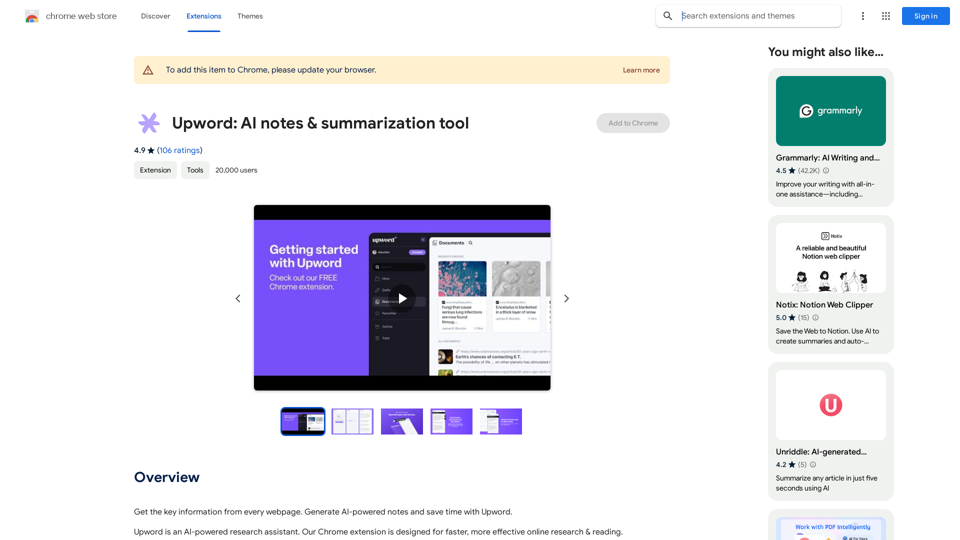
Get the key information from every webpage. Generate AI-powered notes and save time with Upword.
193.90 M
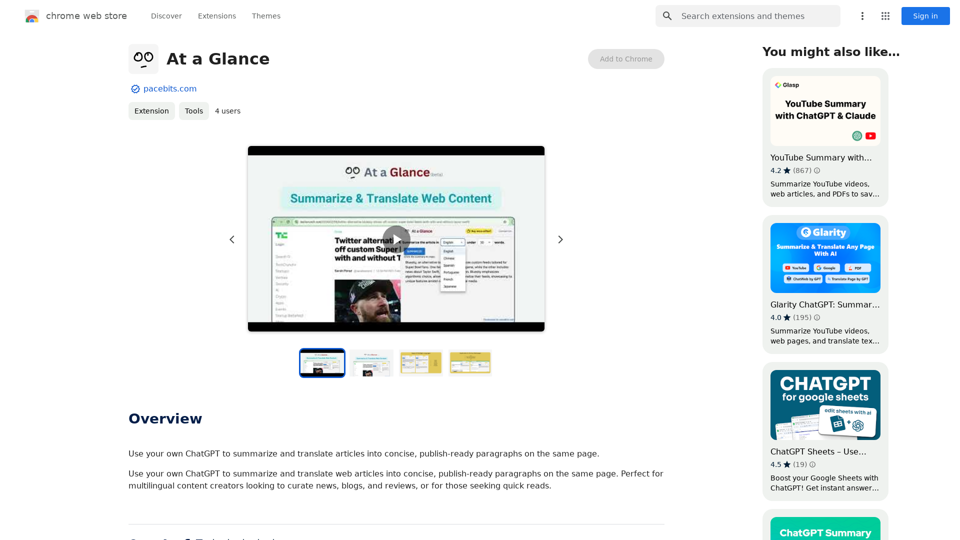
Use an AI like ChatGPT to condense and translate articles into short, ready-to-publish paragraphs directly on the webpage.
193.90 M
